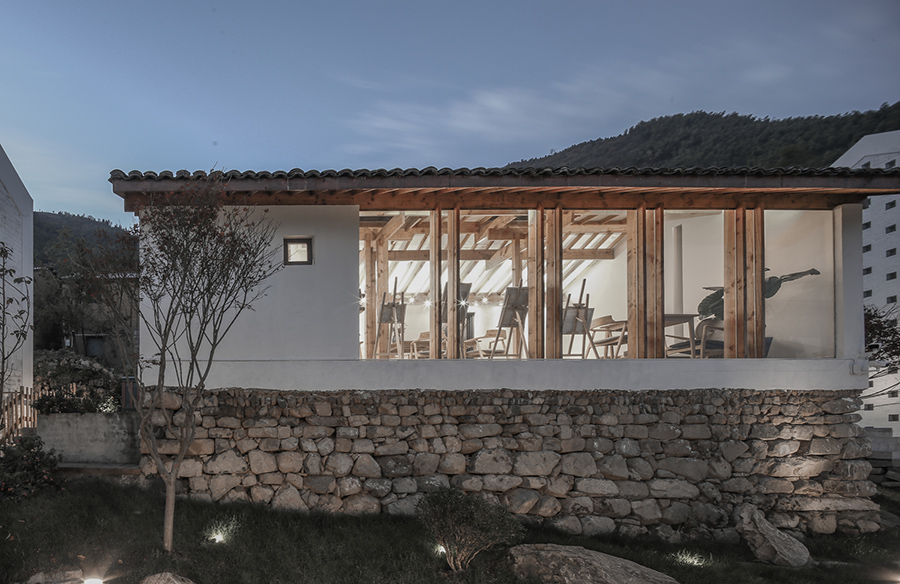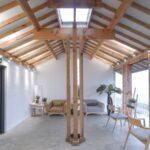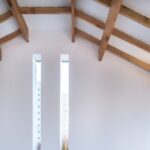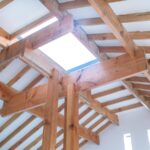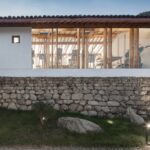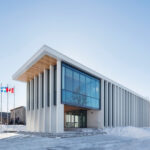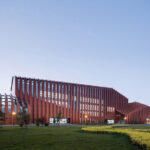The concept of “cold and warm degree” within architectural spaces encompasses both physical and phenomenological aspects.

Physical Perception
Physically, discussing a building’s temperature seems futile as it aligns with the environment. However, through tactile sensations, material thermal conductivity, and texture, subjective feelings of “cold” and “warmth” emerge. Even visually, buildings evoke a sense of temperature. This perception of material warmth or coldness constitutes its physical temperature.
Phenomenological Aspect
Structurally, architects face questions of material support and coverage. Architectural landmarks like the Parthenon and Fo Guang temple achieve spatial temperature through material conjunctions. This phenomenon of temperature perception arises from the interplay of materials and their structural arrangements.
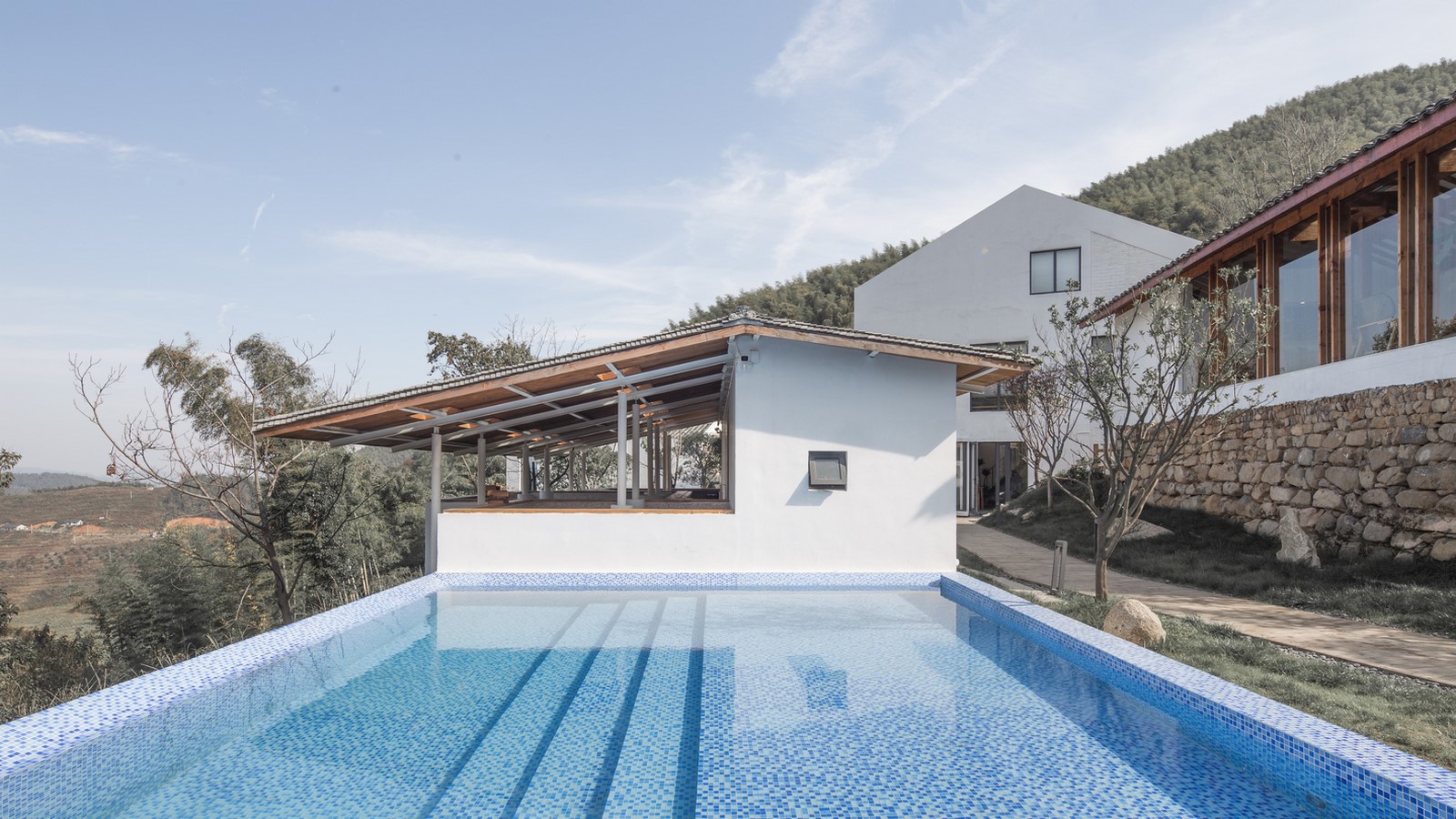
Warm Structures: Embracing Tradition
Warm pavilions often utilize wood, evoking a sense of comfort and tradition. Despite modern physics deeming wood’s structural efficiency subpar, traditional Chinese wood construction systems boast rich cultural and aesthetic value. Techniques like the “ChuanDou” Style exemplify practical solutions, emphasizing the gravity-defying prowess of wood.
Cold Structures: Embracing Modernity
In contrast, metal structures exude a sense of coldness and alienation. Steel, with its powerful mechanical properties, forms imposing architectural forms. Cold pavilions, characterized by steel structures, evoke a sense of estrangement. Their sleek designs and sharp lines stand in stark contrast to the warmth of wood.
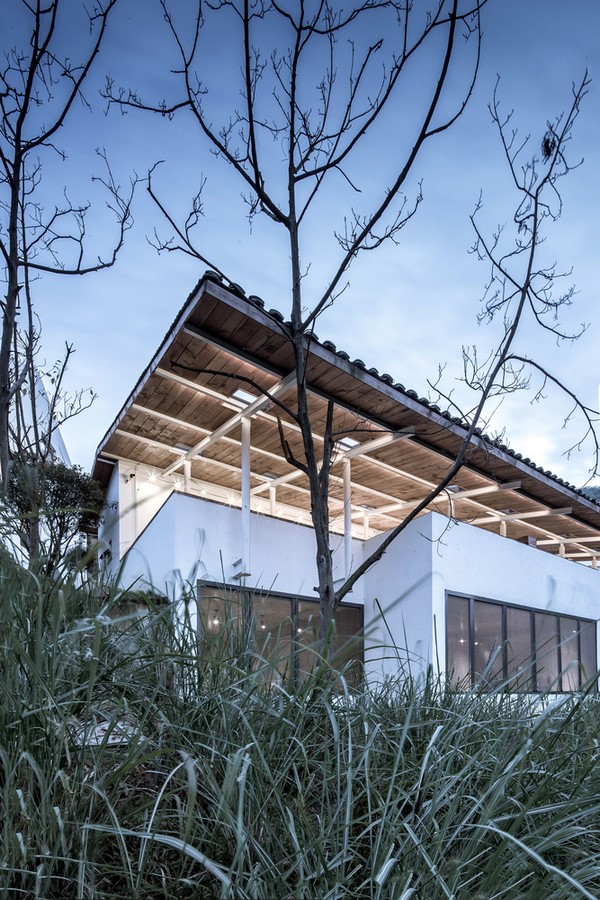
Architectural Expression
Warm pavilions embody simplicity and collectivity, often characterized by orthogonal connections and minimal decorative elements. Wood beams exude a sense of solidarity, bathed in warm natural light. Conversely, cold pavilions embrace separation and detachment, with steel structures creating an aura of isolation and tension.
Conclusion
Cold and warmth in architecture extend beyond physical properties, resonating with the overall atmosphere and perception of space. It’s not merely about temperature but about the emotional and aesthetic resonance that a structure evokes within its surroundings. Through thoughtful design and material selection, architects craft spaces that inspire and engage, embodying the essence of both warmth and coldness.


